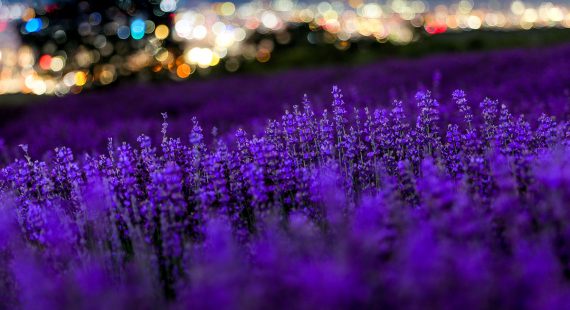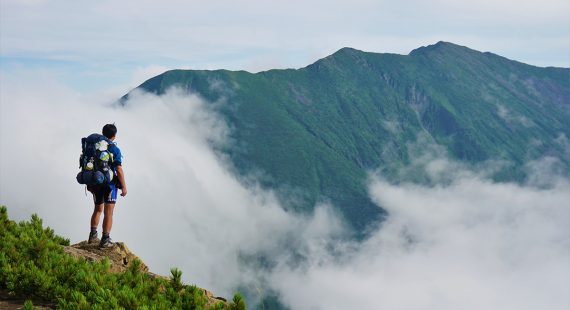
The Hidaka area is located on the southeastern coast of Hokkaido, northern Japan. The area comprises a variety of nature from the Hidaka mountain range to the plains between the mountains and the windy sea shores. While most of the area of Hidaka is covered with mountains, the plains between the mountains are well-used: numerous farms and ranches are dotting the scenery. The farms of the Hidaka area produce different sorts of vegetables but there is one special “crop” you can’t find in other areas in Hokkaido: Thoroughbred racehorses. Horses have been bred in the Hidaka area since the late 19th century and now there are nearly 700 horse ranches in the area! Now the area raises a lion’s share of Thoroughbreds in Japan and the Hidaka horses have started to gain a good reputation also outside Japan by winning several overseas horse races.
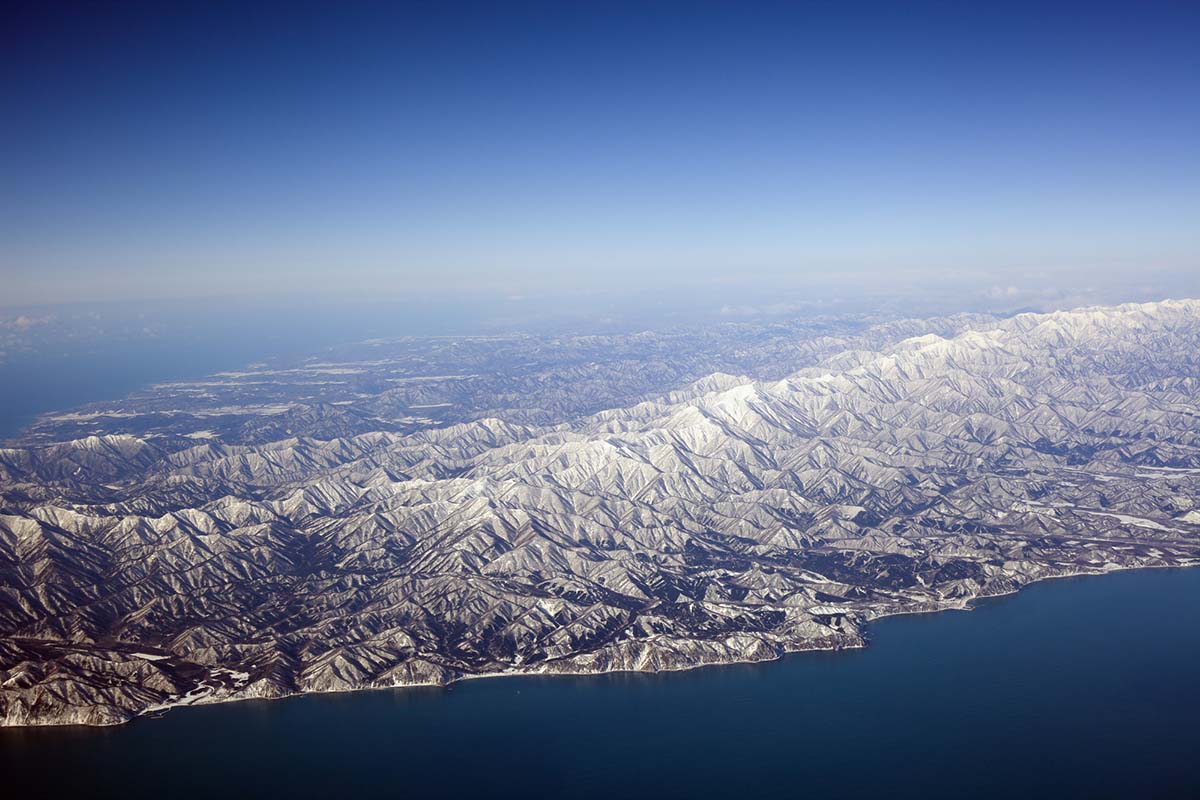
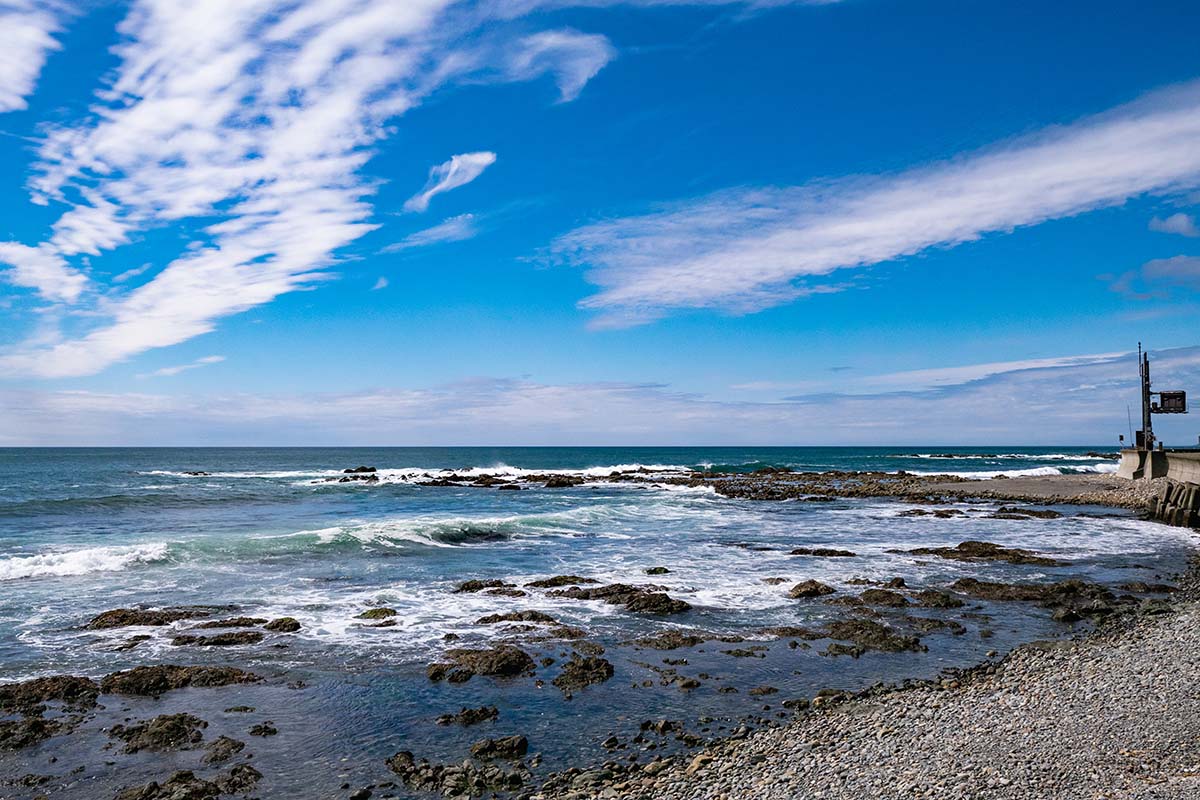
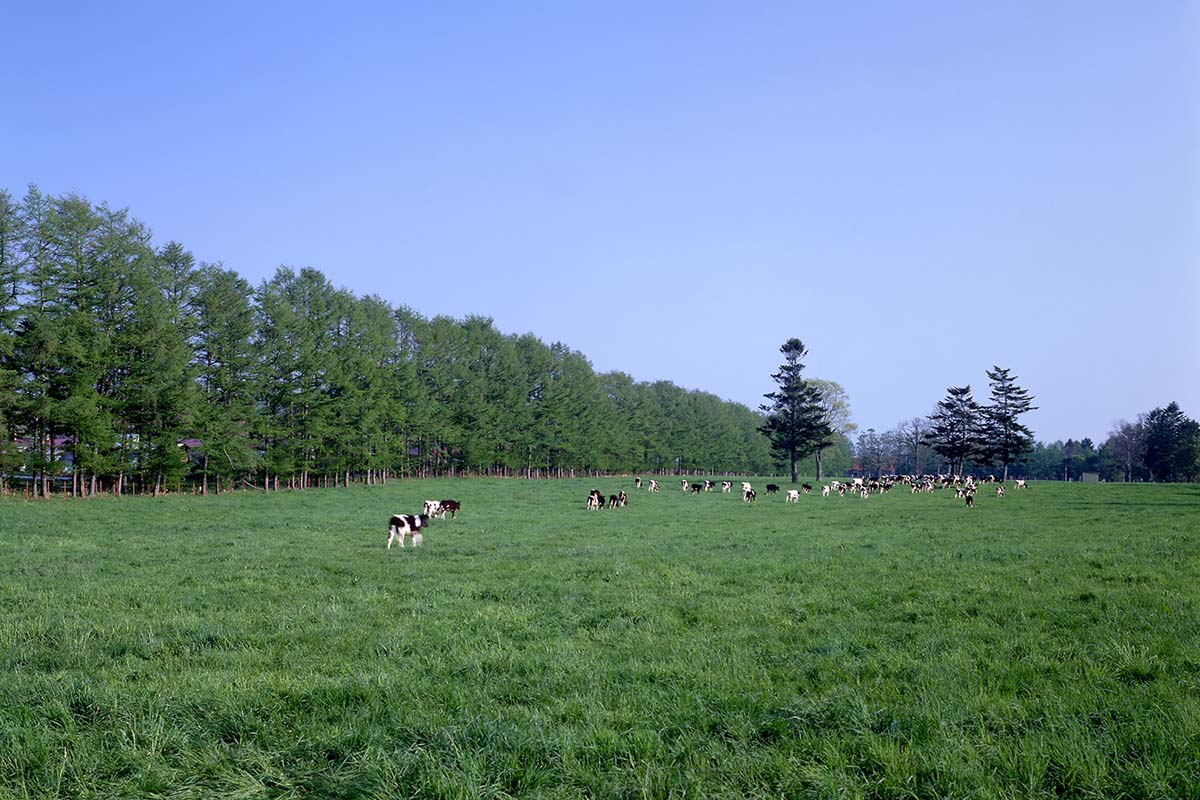
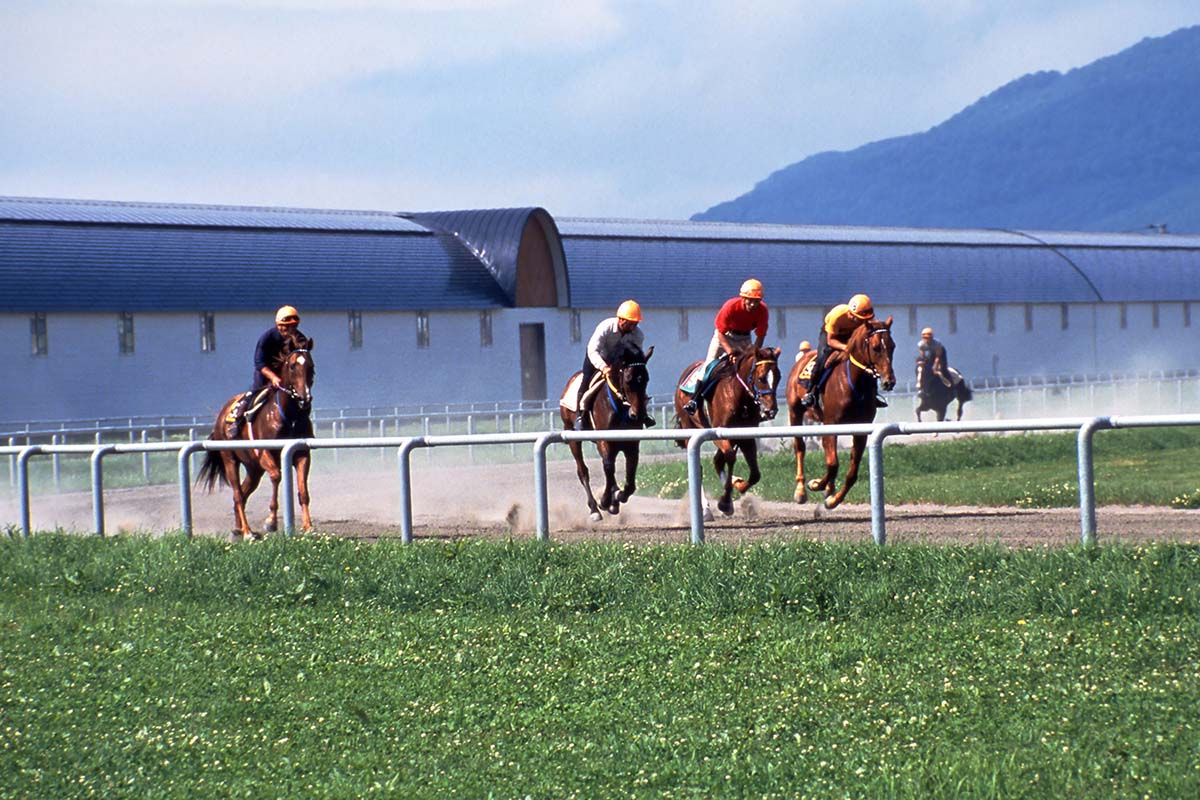
In this blog column, you can read about the Hidaka area and its unusual special trade: the breeding of Thoroughbred racehorses. We introduce here the history of racehorses in Hidaka as well as where and how you can go and meet the horses.

If you want to learn more about the Hidaka area and what kind of outdoor activities you can enjoy there, why don’t you take a look at our earlier blog column The Hidaka Area: Majestic Mountains and Untamed Rivers, too?
What kind of place is the Hidaka Area?
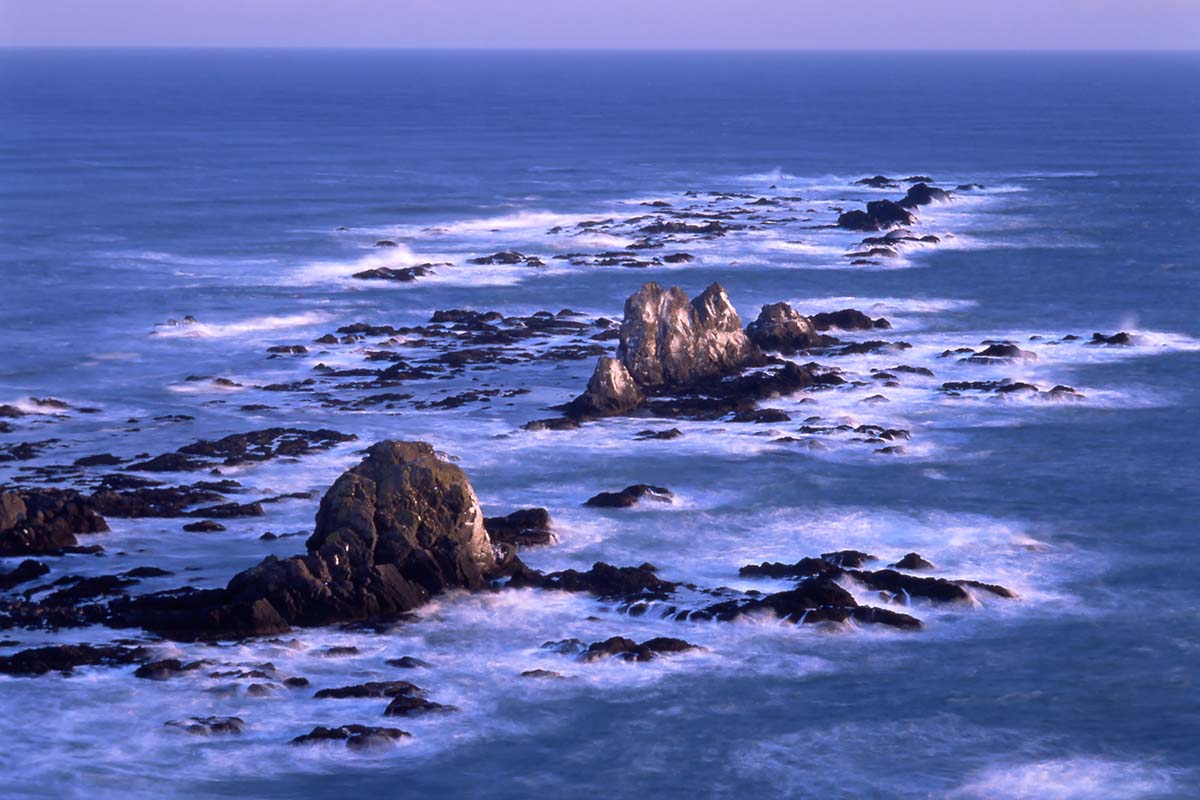

The Hidaka area is about a 200-kilometer-long (124-mile-long) strip of land located in the southeastern coastal area of Hokkaido. Most of the land area of Hidaka is occupied by the vast Hidaka mountains that stretch from Cape Erimo in the south to inland Hokkaido in the north. This enormous mountain range is often called the backbone of Hokkaido and together with the Daisetsu mountain range, it divides the island of Hokkaido into western and eastern Hokkaido. The lower reaches of the mountains are covered with thick forests and swift rivers stripe the valleys between the mountains. The soil in the valleys is fertile and well-suitable for farming.

There are some quite small towns in the area: Biratori, Hidaka, Niikappu, Shinhidaka, Urakawa, Samani, and Erimo. All the towns are very typical Hokkaidoan small towns with relatively small town centers and the settlement spread in the wide countryside area surrounding the center. This kind of uncentralized settlement leaves a lot of space for farming and horse breeding.


Besides the racehorses, the Hidaka area is also famous for being the area with the highest Ainu population in Hokkaido. Ainu are the indigenous people of Hokkaido and Japan and have been living in Hokkaido, the northern parts of Honshu (the main island of Japan), the southern part of Sakhalin, and the Kuriles for about 2,000 years. Ainu had their villages in the places where the current towns of Hidaka were built. Actually, most of the town names the Hidaka come from the Ainu language. If you want to know what each town name means in English, check out our earlier blog post about the Hidaka area.
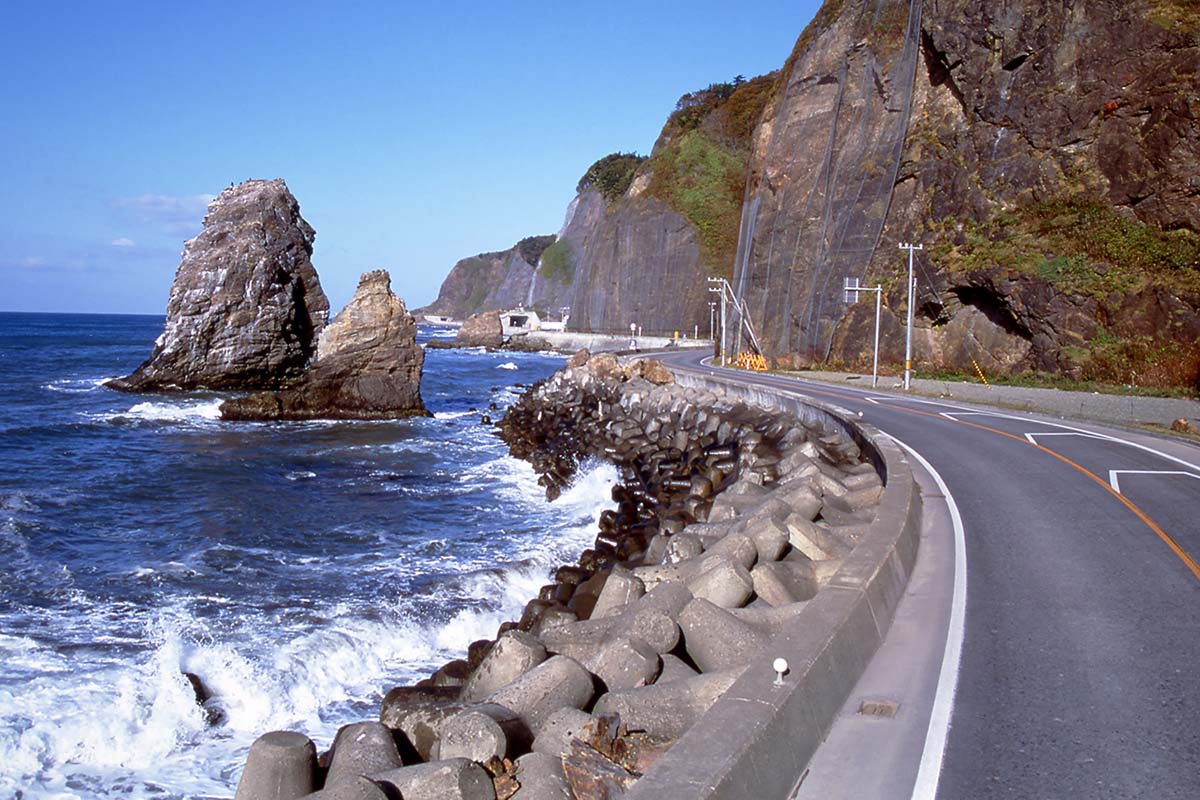
Public transport in the area is not very good, and it mainly relies on buses since the train service was stopped due to storm damage to the railway in 2015. The most convenient way to get to the area is by car. From Chitose Airport, it takes about 50 minutes by car to the closest town, Biratori. The driving time from Sapporo to Biratori is about 1 hour and 45 minutes. Because the Hidaka area is so wide the distances between the towns in the area are quite long in some cases: Biratori—Hidaka is 17 kilometers/10.5 miles, Hidaka—Niikappu 27 kilometers/about 17 miles, Niikappu—Shinhidaka 6 kilometers/about 4 miles, Shinhidaka—Urakawa 42 kilometers/26 miles, Urakawa—Samani 16 kilometers/10 miles, and Samani—Erimo 23 kilometers/about 14 miles. So, the distance between the westernmost town Biratori and the easternmost town Erimo is about 130 kilometers/about 81 miles and it takes about 2 hours and 20 minutes by car to cover the distance between the towns.
So, to not waste time sitting in a car during your Hidaka trip calls for making a solid plan on how to explore the area. Contact us through our contact form, so that we can start to create together your tailor-made travel plan in the Hidaka area!
The Hidaka area—The hometown of Thoroughbred racehorses
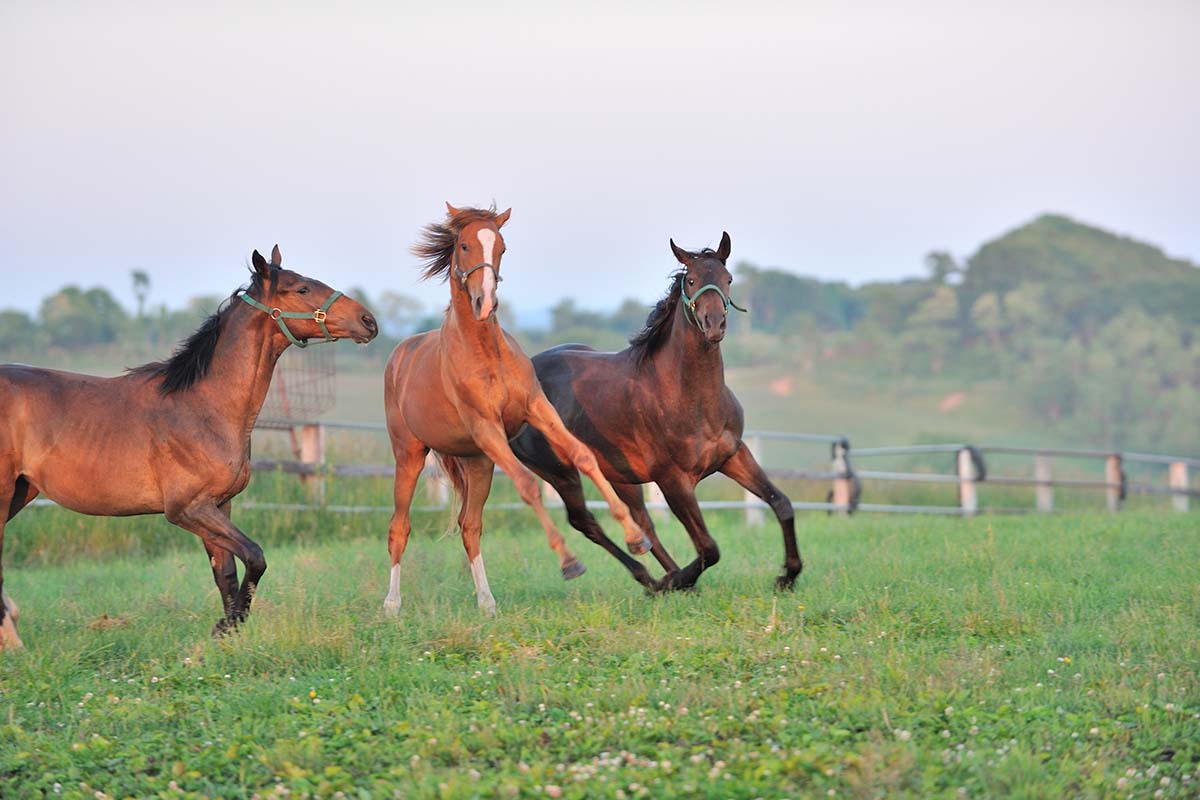
Until the 1970s, the Hidaka area was only one of the horse breeding regions in Japan. Today, more than 90% of the Thoroughbred racehorses in Japan are born and reared in the Hidaka area which is sometimes referred to as the “Home of Thoroughbreds”. There are about 25,000 Thoroughbred horses in the Hidaka area. Each year, about 2,000 yearlings are auctioned in Shizunai, Shin-Hidaka Town in Hidaka. Lately, the Japan Derby winners have been dominantly Hokkaido-bred and especially horses from the Hidaka area. On top of that, in recent years, it has not only been Japan where the Hidaka-bred racehorses have been shining but they have also won several races abroad and gained more and more international attention.

Today, Hokkaido and the Hidaka area dominate racehorse breeding in Japan. In 2020, out of Japan’s total 788 horse ranches with thoroughbred broodmares stabled 671 were in Hidaka (plus 50 more ranches in other parts of Hokkaido). About 85% of all breeding farms in Japan are located in the Hidaka region. But why racehorses and why in Hidaka? In the next section, you can read about the history of Thoroughbred racehorses in the Hidaka area.
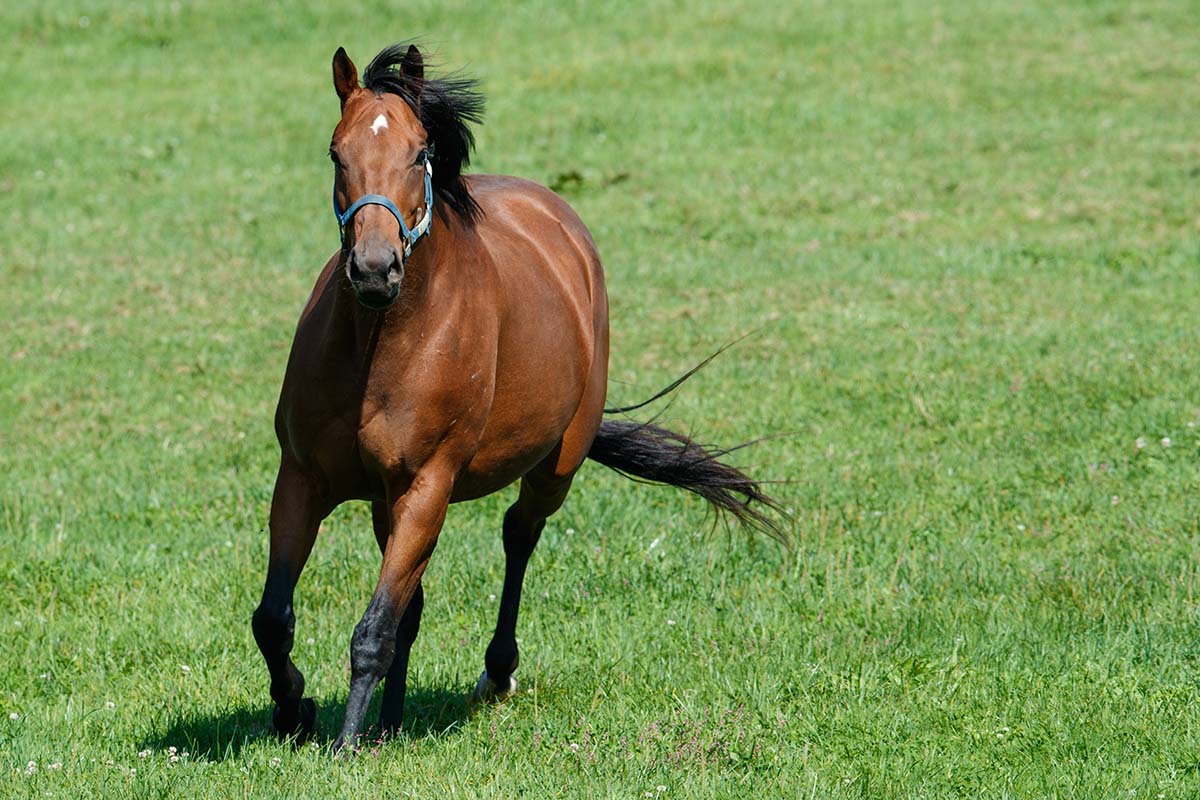
Why Thoroughbred racehorses in Hidaka, Hokkaido?
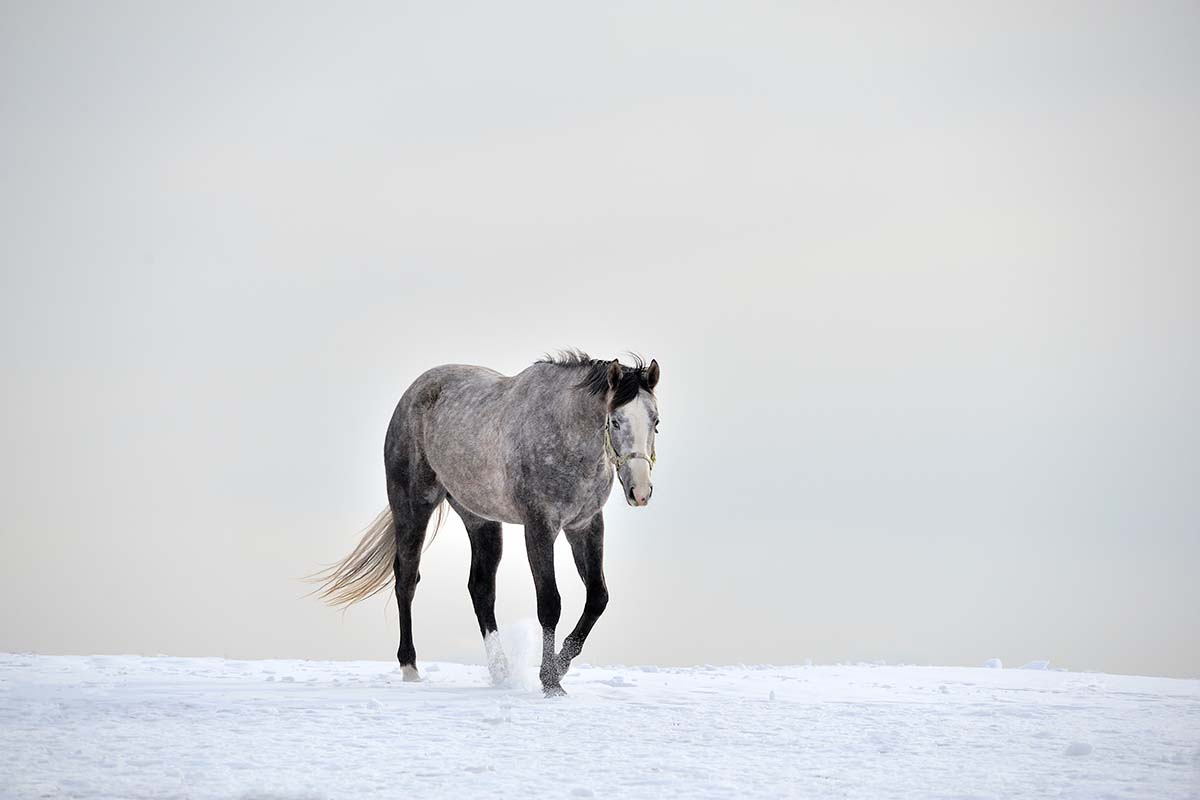
First of all, the climate of Hidaka is especially suitable for horses and horse training. The summers in southern Japan become sultry hot but the air in the Hidaka area stays cool and dry even during the peak of summer. On the other hand, while Hokkaido is known for its snowy winters, the Hidaka area gets quite a small yearly snow load—there is rarely more than 30–40 centimeters (12–16 inches) of snow on the ground. In addition, the Hidaka winters are warmer than elsewhere in Hokkaido. This is an optimal environment to rear and train horses (but most of the winter training is done anyway indoors in the giant doughnut-shaped training centers you can see here and there in the area). Another big environmental factor is the shape of the land in the area: there are many valleys between the mountains and thus plenty of good space to raise and train the horses.
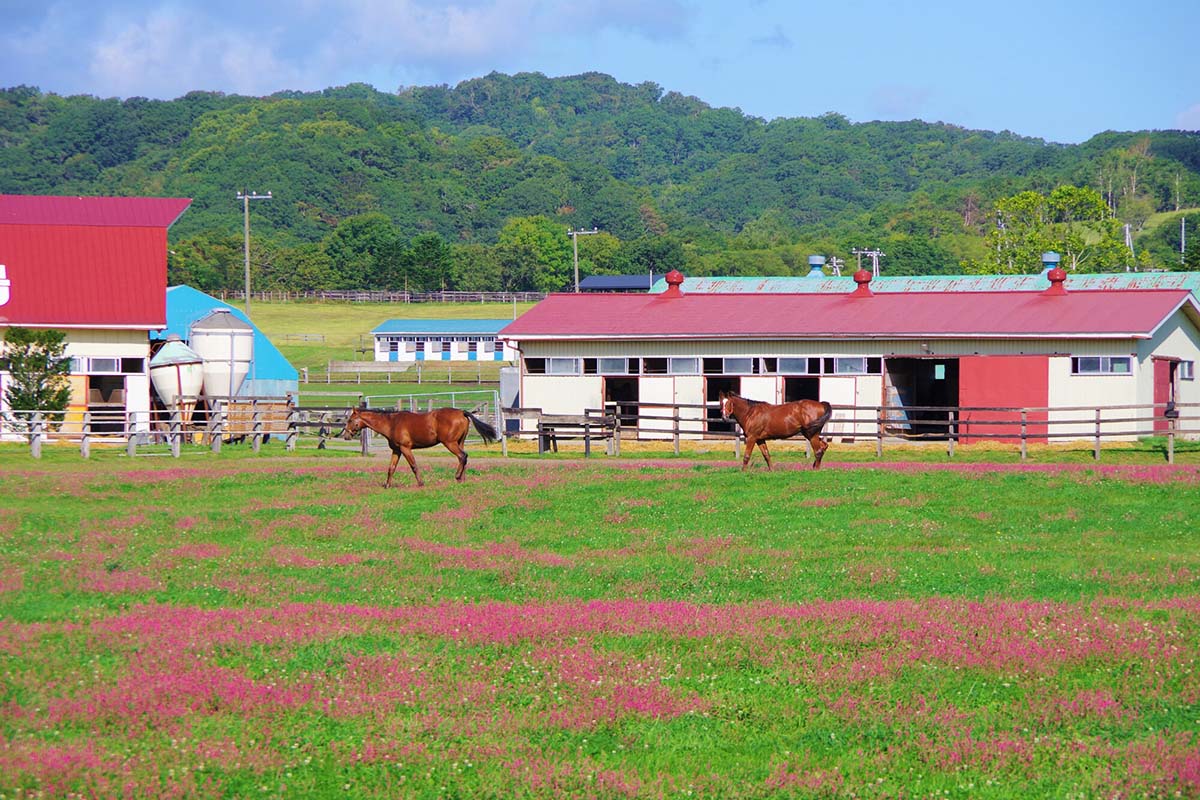
The history of horse-rearing in Hidaka starts in 1872 when the Japanese government established Niikappu Ranch under the advice of Edwin Dunn. Dunn was an American engineer who was hired to advise on how to spread and develop the livestock industry in Hokkaido. Niikappu Ranch was the first large-scale Western-style ranch in Hokkaido and it set the foundation of horse raising in Hokkaido. The horses were first raised for farm work purposes but in 1907 the Hidaka Stallion Farm in Urakawa started to rear horses for the Imperial Army.

Before world war II, the farming industry in the Hidaka area was still concentrated in crop production—especially buckwheat and soybeans—but the focus changed after the war. The dominant horse ranches on the main island of Japan were not allowed to continue Thoroughbred production after the war due to the occupation policy of the GHQ (General Headquarters of the Supreme Commander for the Allied Powers). In addition, the number of horse farms was in decline in the greater Tokyo metropolitan area anyway because of the fast urban development in the area.
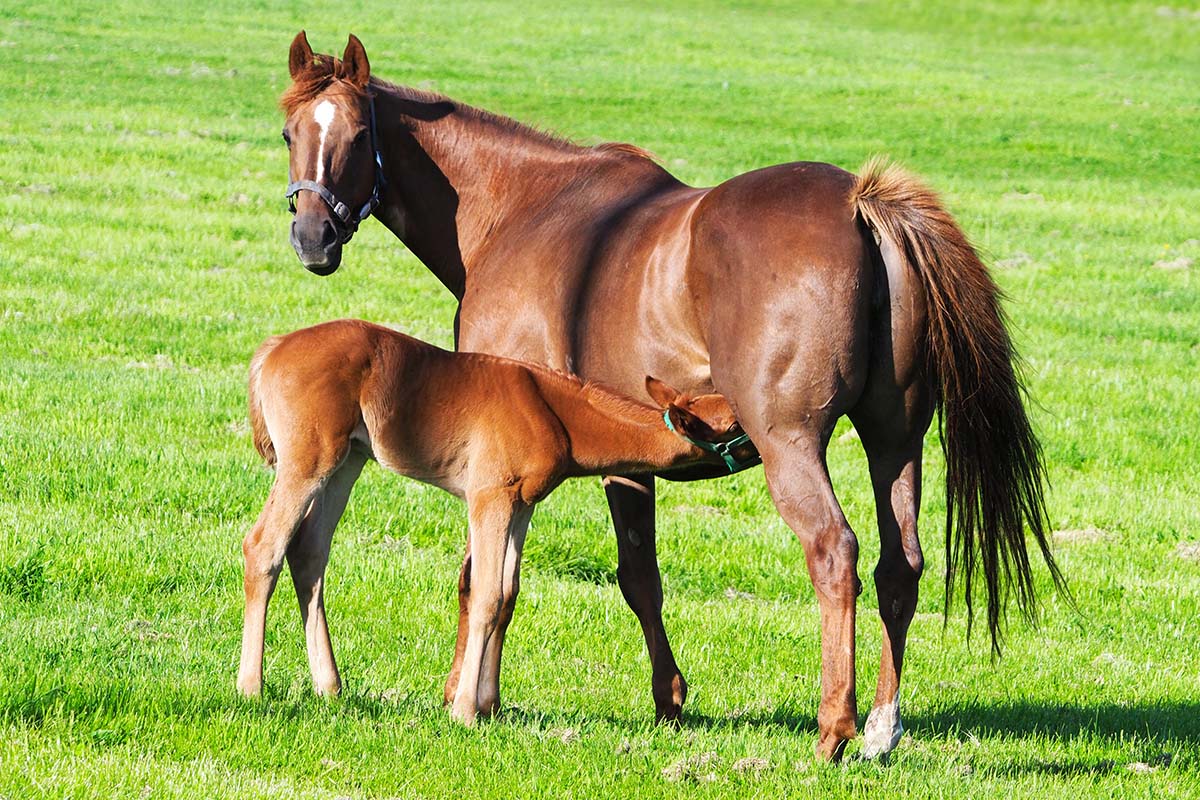
Just after the war—in the 1940s and 50s—fewer than 1,000 Thoroughbreds were bred in Japan. However, at that time the Japanese economy started to steadily grow and horse racing gained more interest. With the rising interest in horse raising, the number of foals also rose and was at its peak in 1992 with 10,188 foals born. A declining trend in the number of foals started in the early 2000s due to decreasing demand. In 2020, there were 7,551 Thoroughbred foals registered, which is about the same number as in the 1970s. Today breeding concentrates on quality instead of quantity.
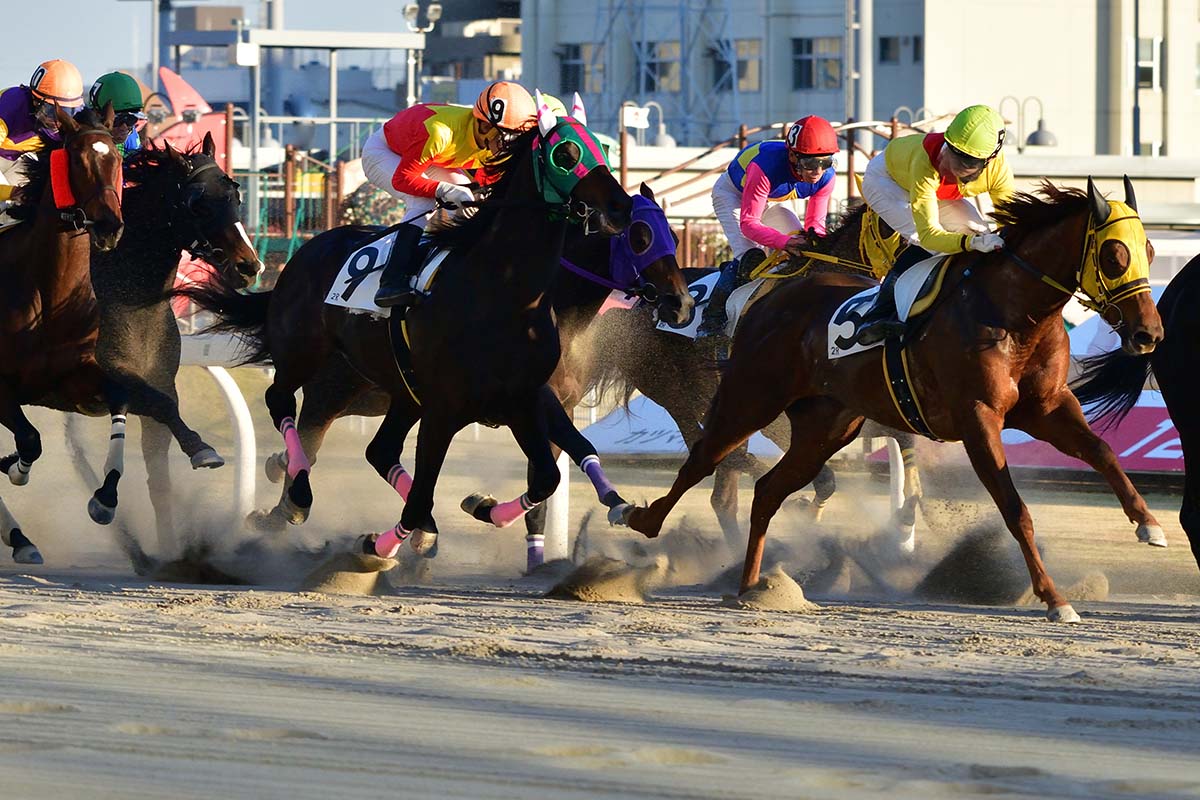
The first horse-racing boom in the 1970s was the start of the breeding of Thoroughbred racehorses in Hidaka and many famous horses of the time were indeed born the in Hidaka area. The second horse-racing boom of the late 1980s and early 1990s as well as the Thoroughbred baby boomers in the early 1990s was a second start for Hidaka racehorse rearing. A Bloodhorse Training Center (BTC) (an outbound link) was opened and several private yearling farms were opened around the center to fully take advantage of its specialized training facilities. The training center has played a major role in the improvement of the quality of Japanese racehorses and also made racehorse breeding concentrated in the Hidaka area even more than before.

Meet the racehorses of Hidaka
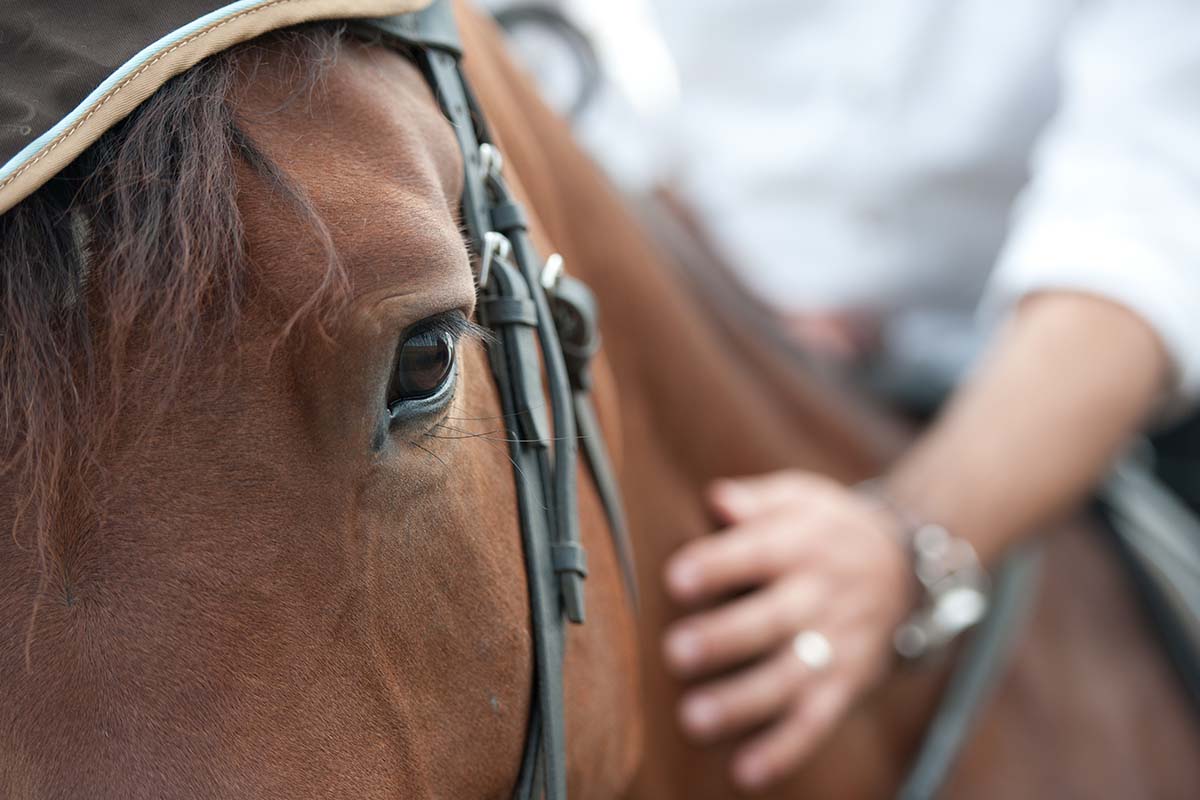
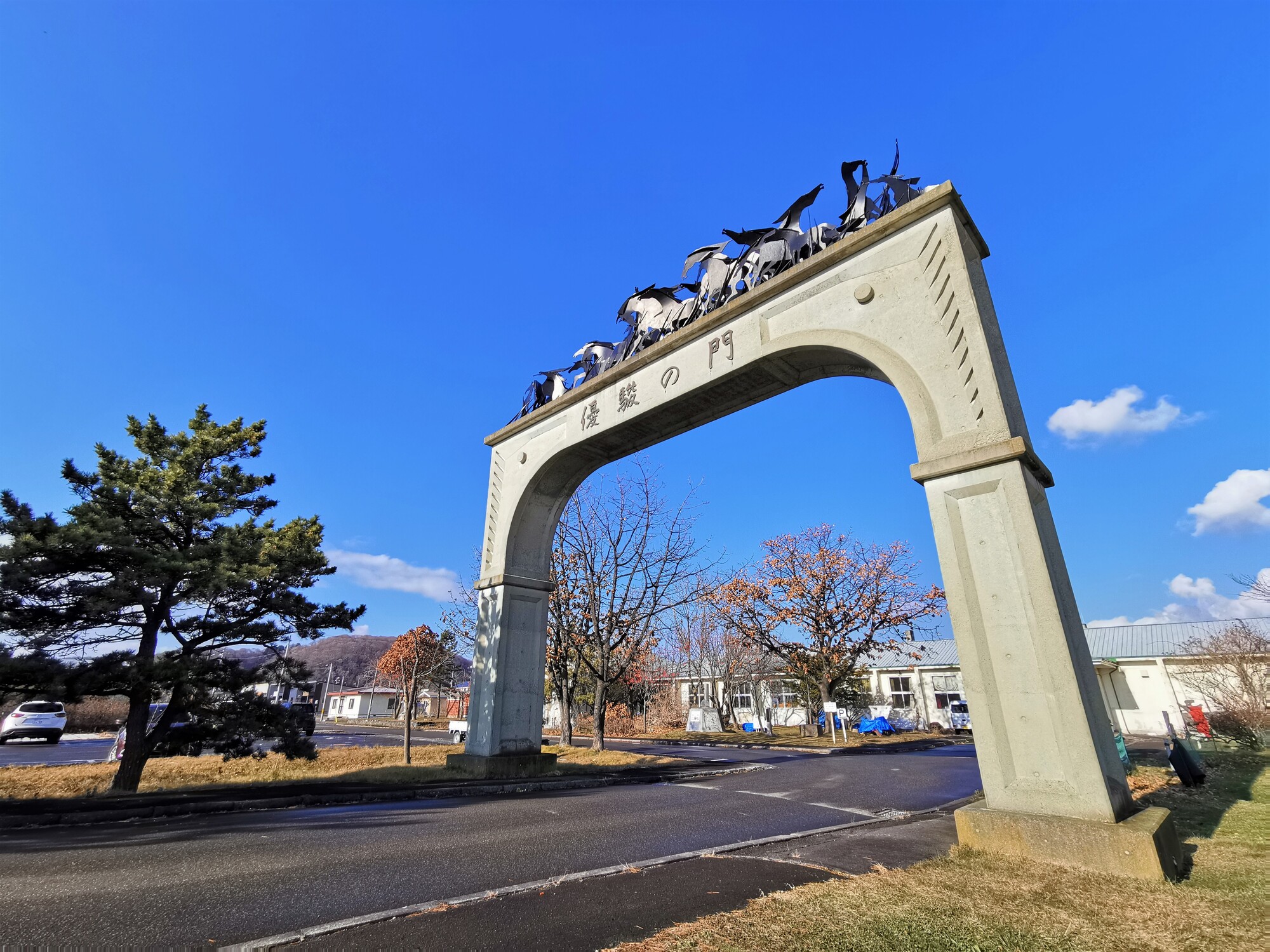
There are several possibilities to get up close and personal with the racehorses of Hidaka. It is possible to visit some of the horse-breeding ranches in the Hidaka area. Also, there are some ranches, where the visitors can meet retired racehorses. At some ranches, you can touch the horses and some ranches offer horse riding experiences, too. There is also a museum in Urakawa where you can learn about the history of horses in Hidaka (Urakawa Horse Museum / Bajishiryoukan / 馬事資料館). If you are planning to add a tour to the Hidaka area in your customized trip plan, you should definitely visit at least one of the ranches. In every case, the visitors need to contact the ranch beforehand and ensure that it is ok to visit the ranch at the time planned. We can arrange a tailor-made custom tour of the ranches according to your wishes. Just send us a message through our contact form and we can get started with your tour plan.
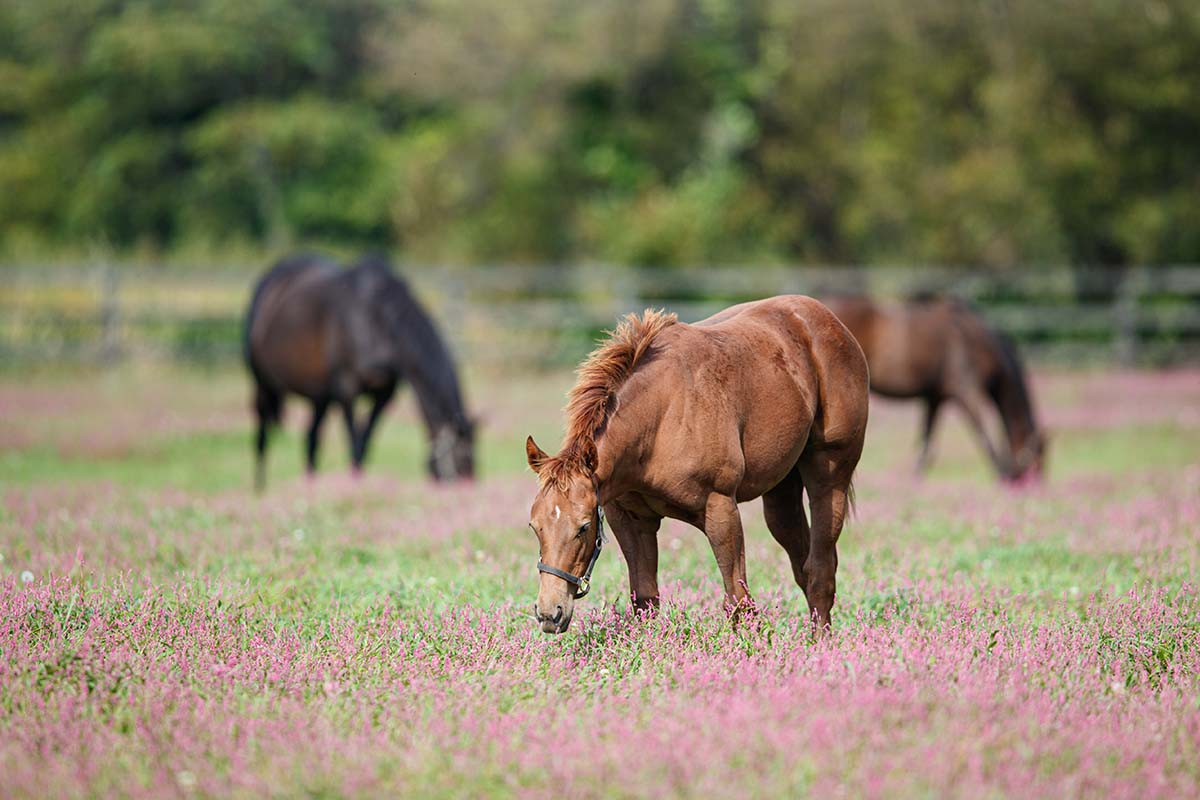
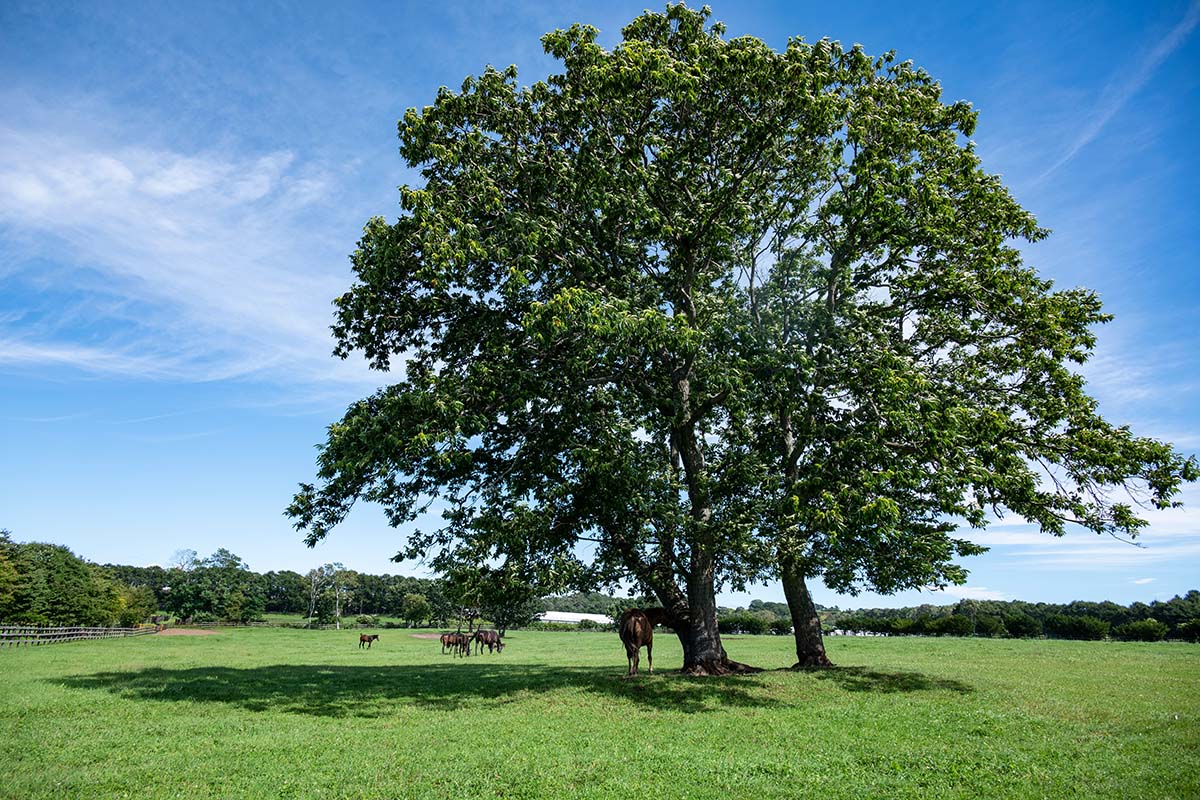
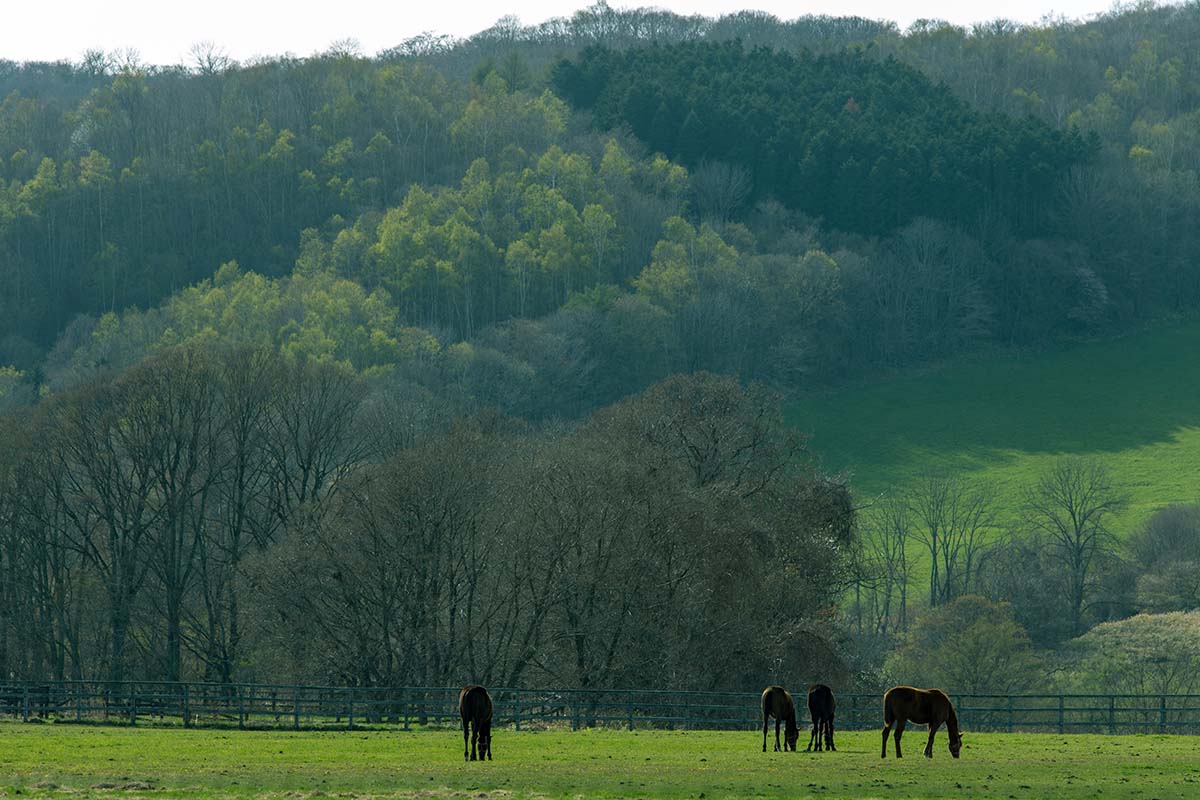
An important thing to remember is that there are rules to follow while visiting a ranch. The main purpose of most ranches is not tourism but horse breeding, so visitors should stick to the rules and not disturb the daily life of the ranch. Horses are sensitive animals and they can be easily startled, so don’t do the following things: make loud noises, enter the pasture or the stables without permission, feed the horses, try to touch the horses without permission (some horses, especially stallions, might try to bite you!), smoke on the ranch premises, or use camera flash or selfie-sticks when taking pictures. In addition, some of the stallions are extremely valuable, so believe me, you don’t want to cause any trouble that you would need to compensate for. You can see all the visitor rules in this pdf: The rules of visiting stables (an outbound link).
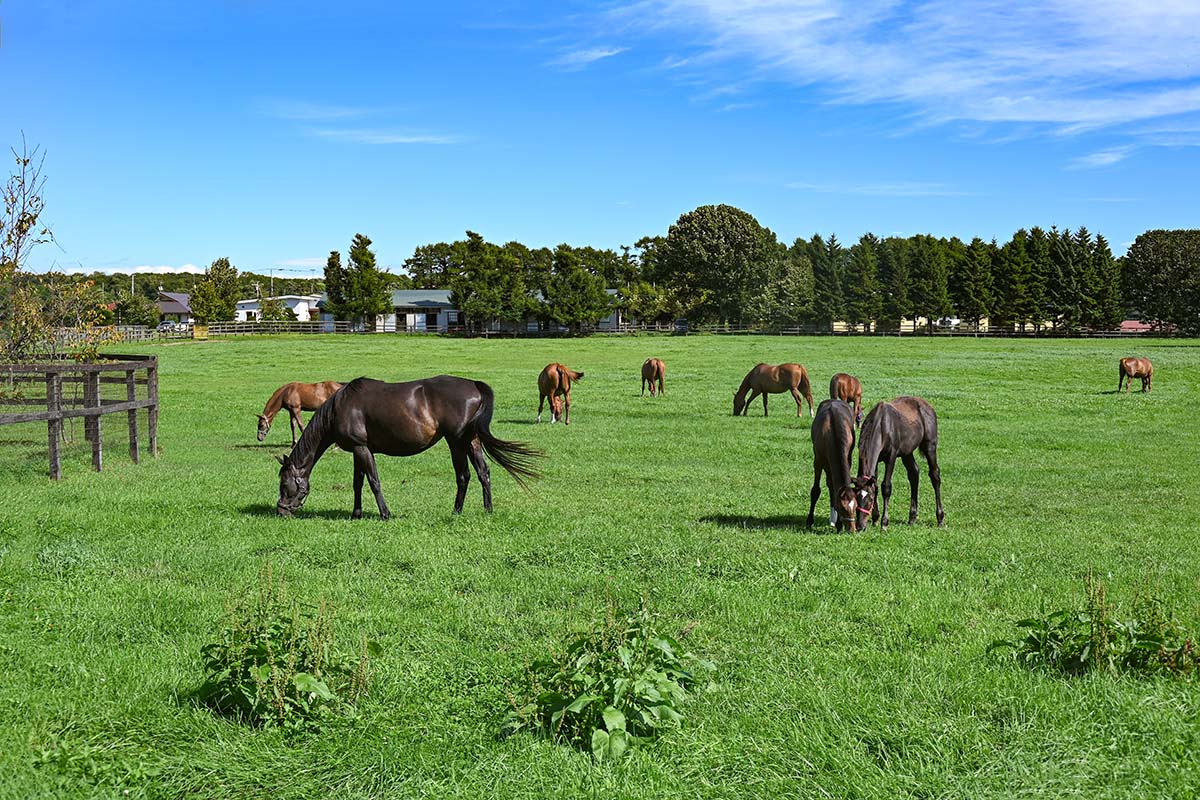
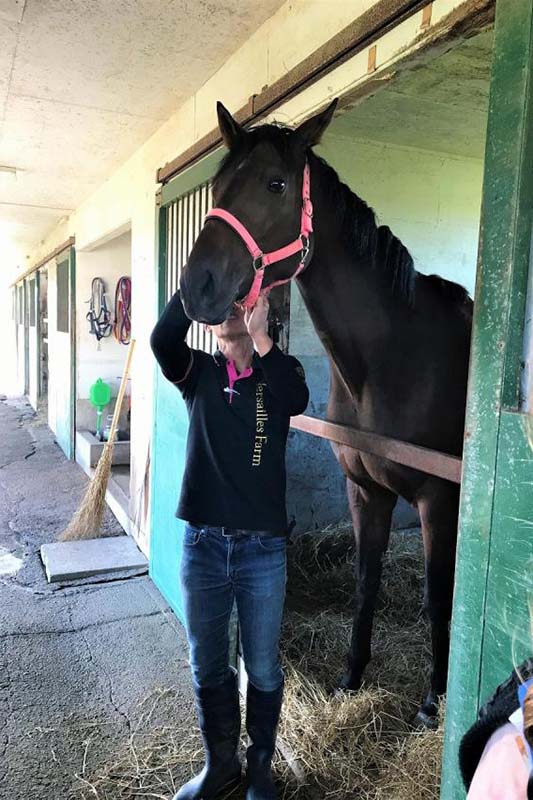
After the words of warning, let’s see what kind of fun ways there are to spend some time with horses. What would be a better way to get to know these graceful animals than taking part in a horseriding activity while supporting the living of retired racehorses? Nothing! One of the Hidaka ranches, where it is possible to touch and ride the horses, is Versailles Resort Farm (an outbound link, available in Japanese only) in Hidaka town. The horses at Versailles Resort Farm are retired famous racehorses now enjoying a leisurely life at the farm.
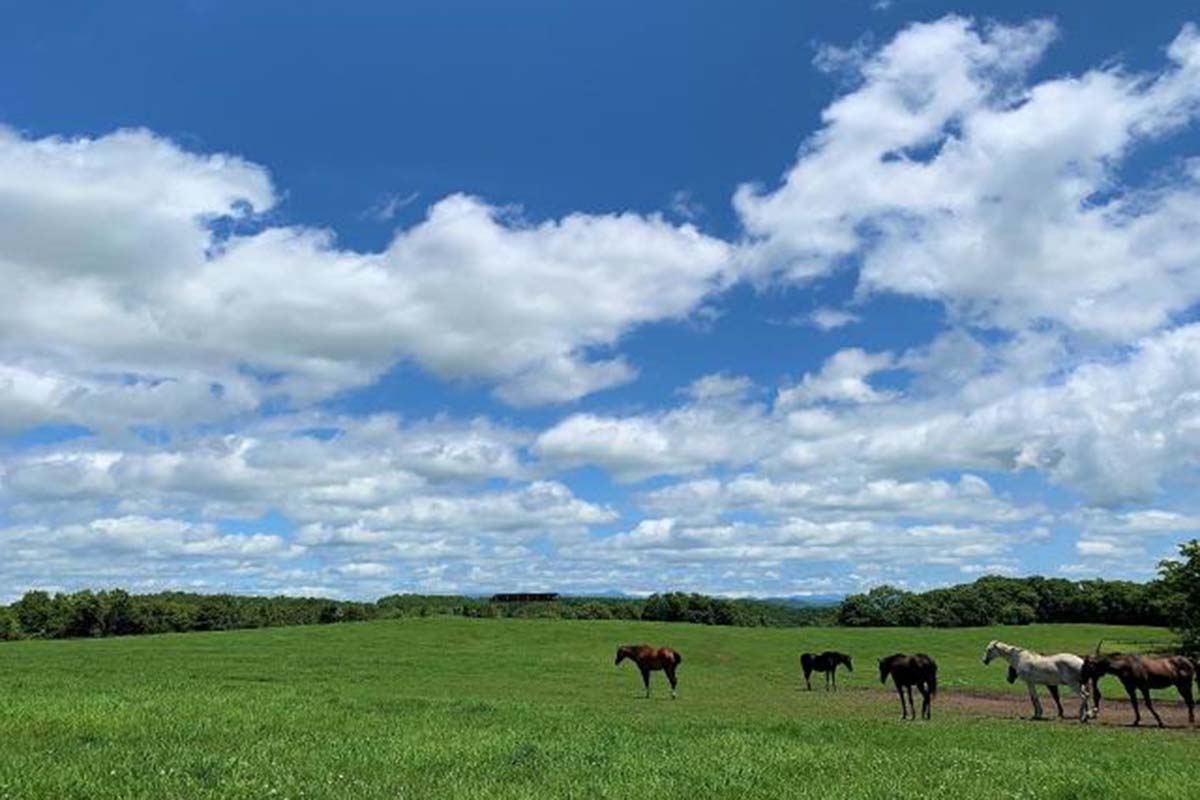
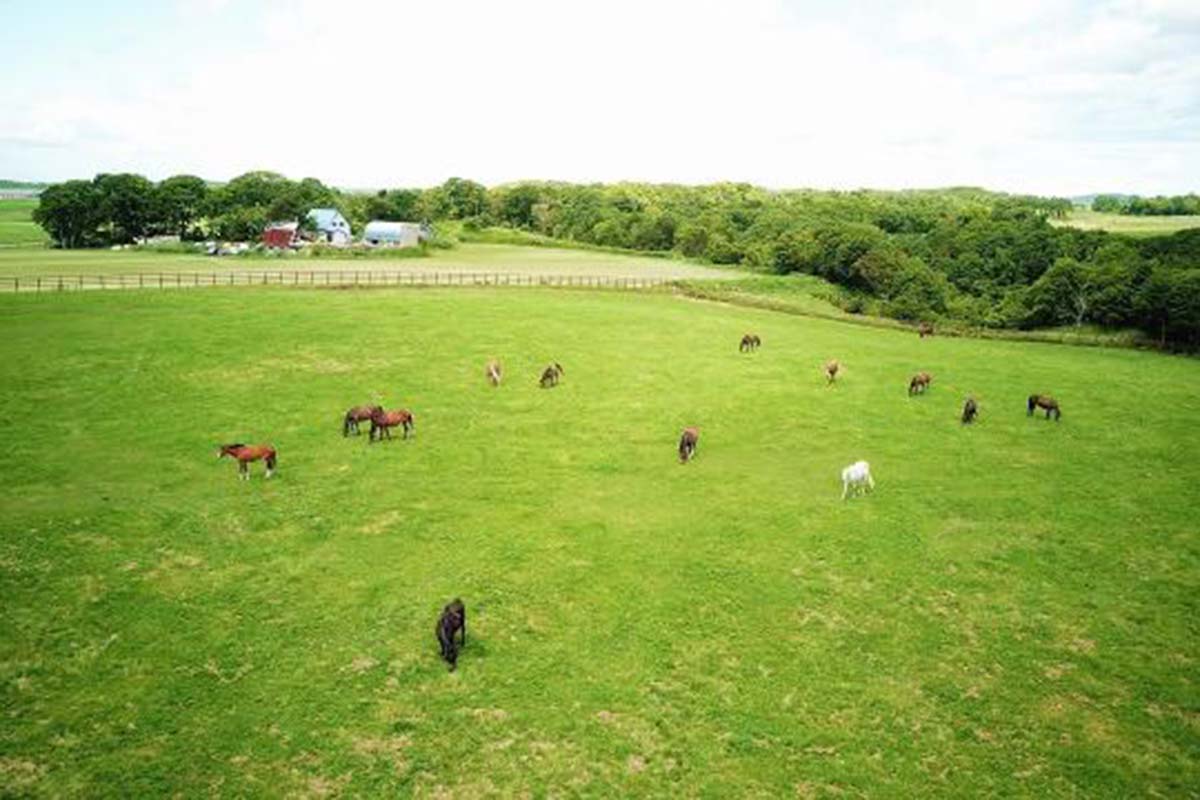
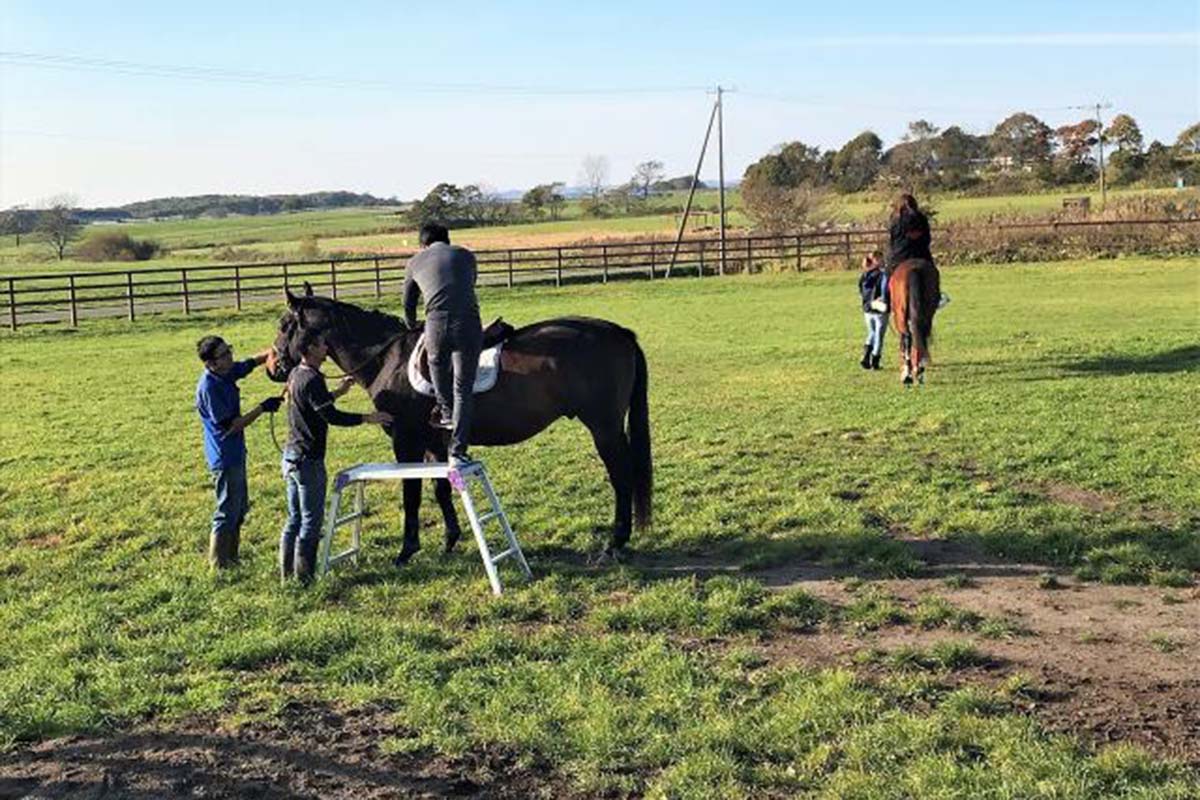
The farm offers three interaction experiences with the horses: horseback riding, petting and grooming the horses, and walking the horses in the pen. Children aged 8 years or older can also participate in these activities. The participation fee includes a rental helmet, protectors, boots, and other needed equipment as well as the insurance fee. The fees collected are used to cover the expenses of the horse keeping on the farm and make it possible for more retired racehorses to continue their lives there. (The unfortunate truth is that many of the racehorses are euthanized when they can’t race anymore.)
It is expensive to keep horses, so another way the horses are taking care of their own living cost is by working as models in commercials. Recently, the farm has been cooperating with beach cushion maker Yogibo and the cute commercials with Versailles Resort Farm’s horses showing how to use the cushions have become very popular on social media. In the video below, you can see how Admire Japan (アドマイヤジャパン) prefers to use his cushion.
Enjoy a custom-made tour of the untouched nature of Hidaka

The Japanese government is striving to protect and maintain the biodiversity of Japan and as a part of those efforts, many new national and quasi-national parks are to be established. One of the existing quasi-national parks that will be upgraded to a national park is Hidaka–Erimo Quasi-National Park covering most of the western Hidaka area (the difference between quasi-national parks and national parks is that the former are managed by the prefectural governments and the latter by the national government). The current park established in 1981 covers an area of about 100,000 hectares in the Hidaka mountain range (日高山脈) and Cape Erimo (襟裳岬) but the new national park will cover double the current area of over 200,000 hectares. That means Hidaka–Erimo will become the largest national park in Japan. Hidaka mountain range is home to the largest virgin forest in Japan, a variety of flora and fauna, and there are unique landforms created during the Ice Age, too, so the park’s upgrade to a national park is well-deserved.
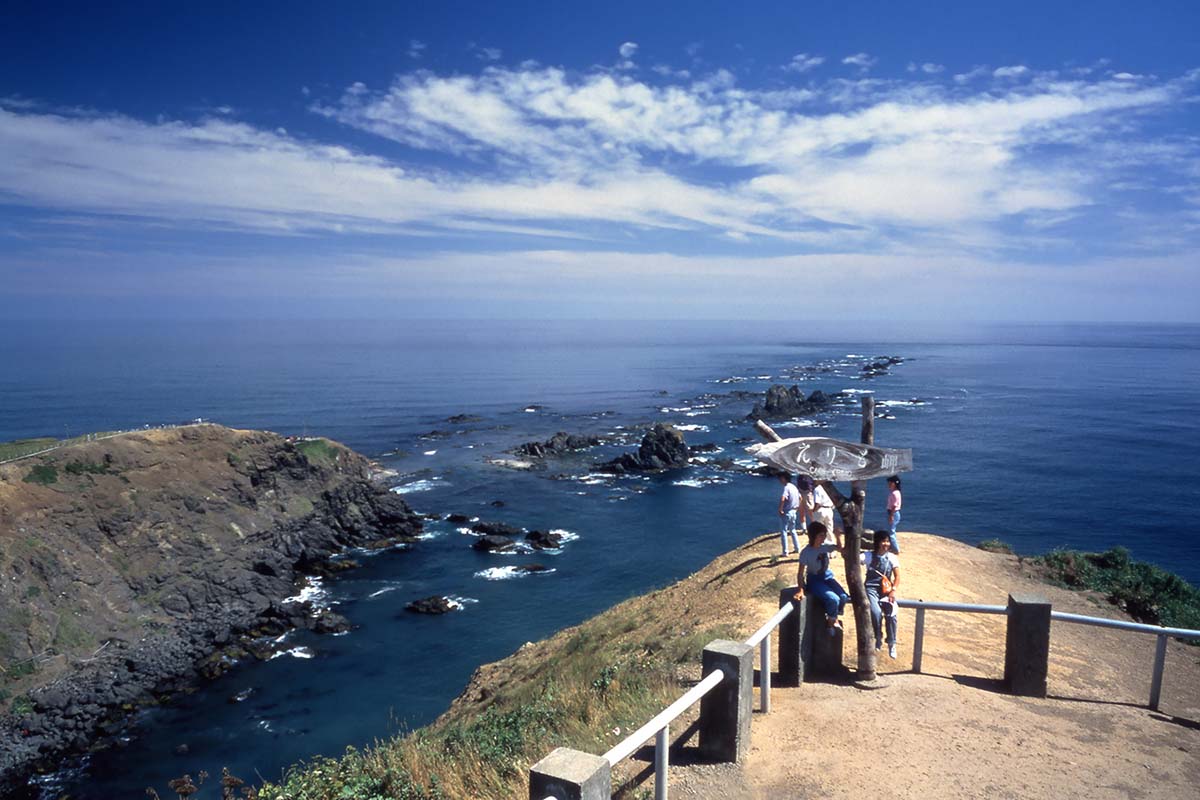
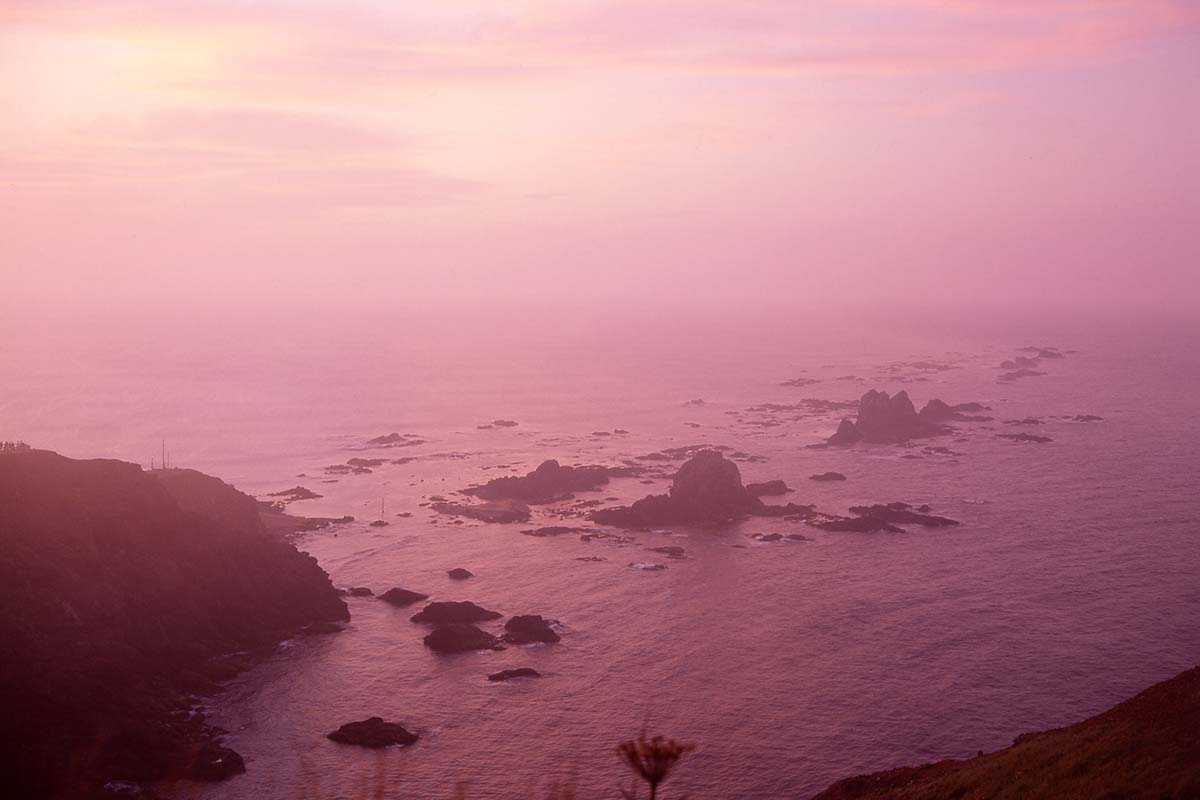
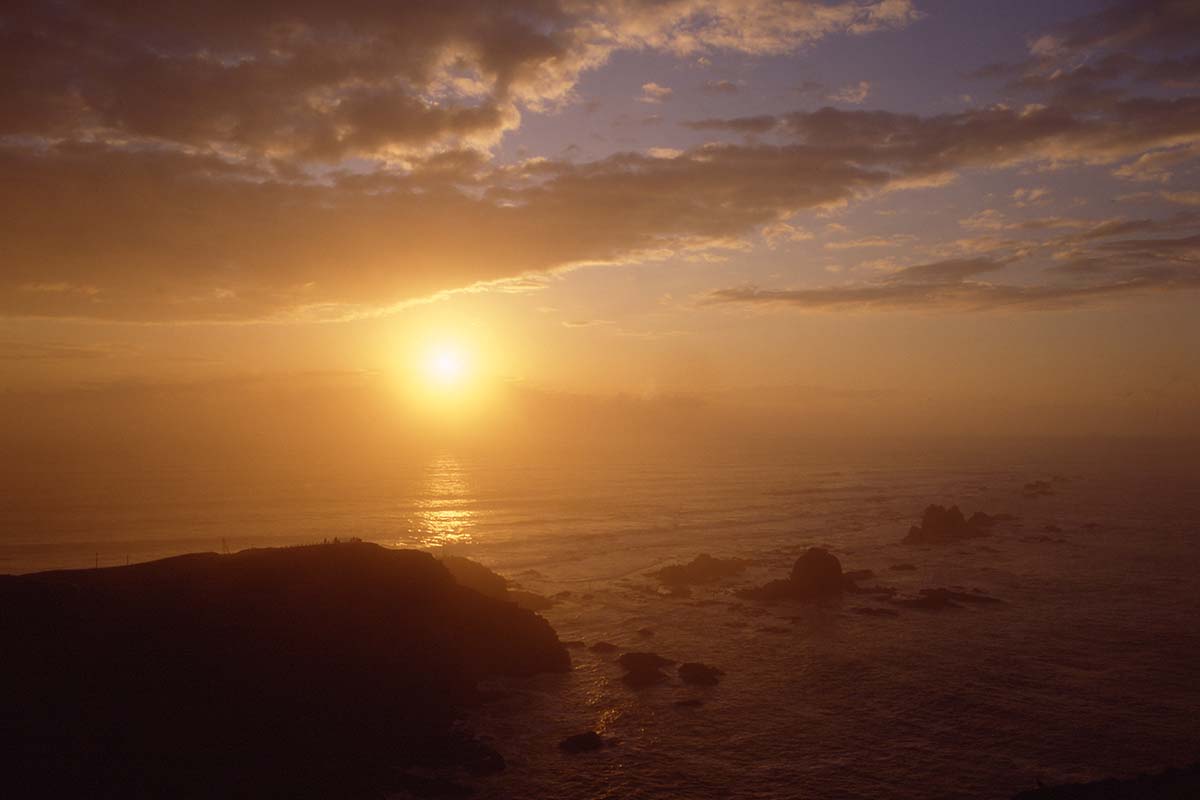
Another new national park to be established in Hokkaido in the coming years will cover the Notsuke peninsula, Lake Furen, and parts of the Nemuro peninsula in the Nemuro area. If you want to know more about the Nemuro area and what to do there, here is an earlier blog for you: The Nemuro Area: Bird Watching and Under-ice Fishing. For more information about other established national parks and quasi-national parks in Hokkaido, take a look at Daisetsuzan National Park: The Playground of the Gods, Akan-Mashu National Park: Hot springs and caldera lakes, Shiretoko: The peninsula at the end of the earth, Toya: An adventure among volcanoes, Rishiri & Rebun: The islands of alpine flowers, and Onuma Quasi-national Park: Enjoying Autumn Leaves in Hokkaido.

Hidaka–Erimo Quasi-National Park offers amazing opportunities for outdoor people to explore the unique Hokkaido nature. We at Hokkaido Treasure Island Travel are working hard to offer our customers the best possible Hokkaido experience. That of course includes introducing as much local lifestyle as possible and offering itineraries outside the most popular tourist destinations, too. The best way to enjoy the local special experiences is through our custom-made tours.
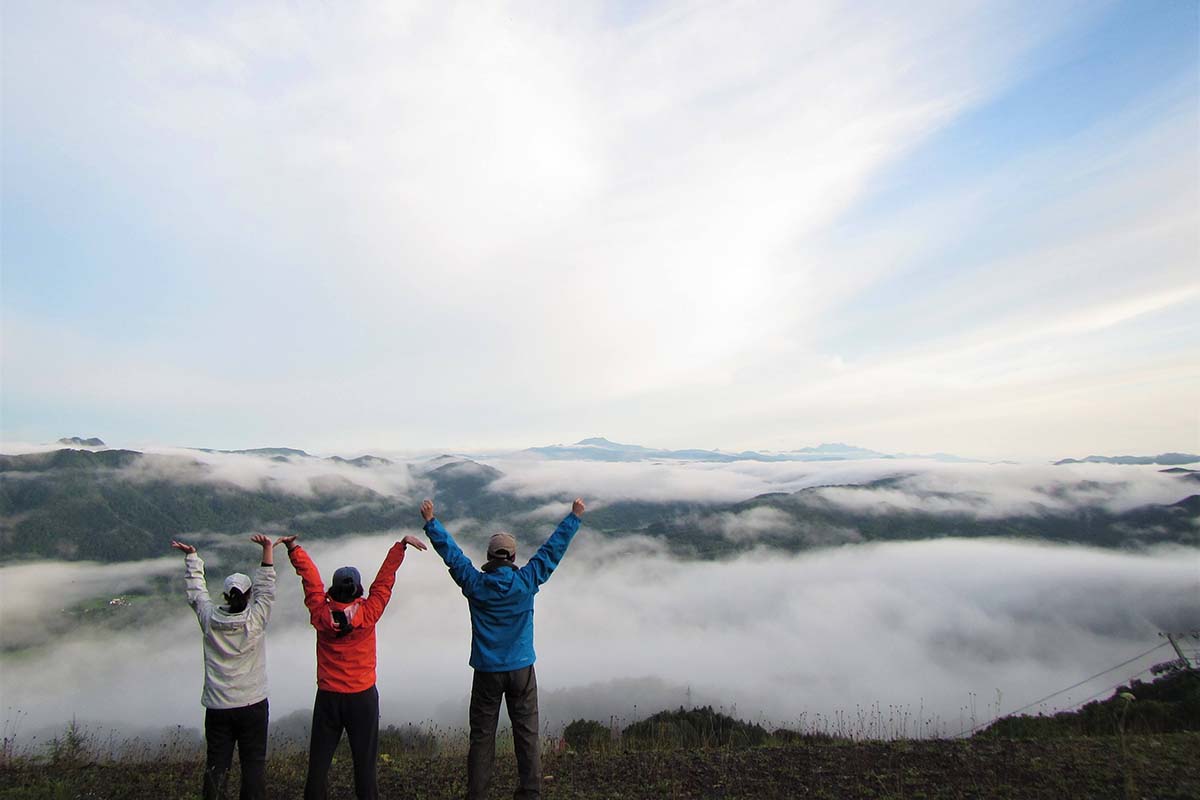
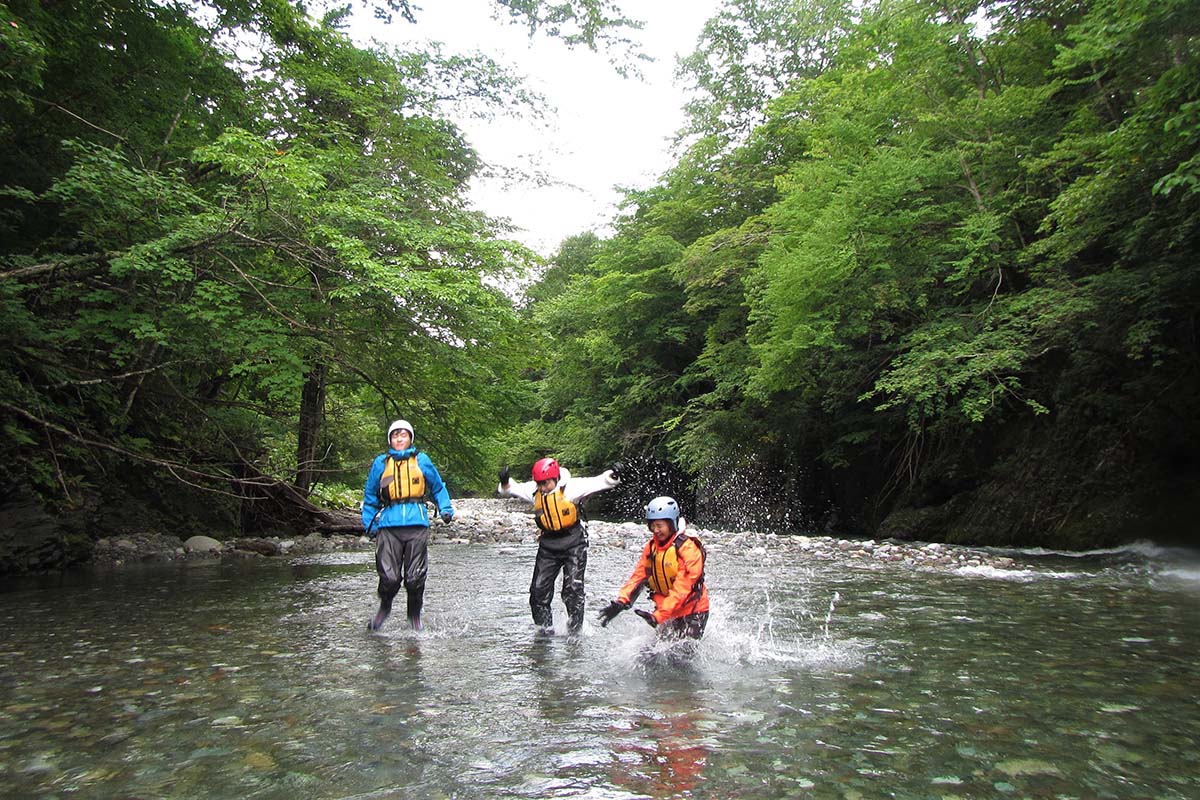
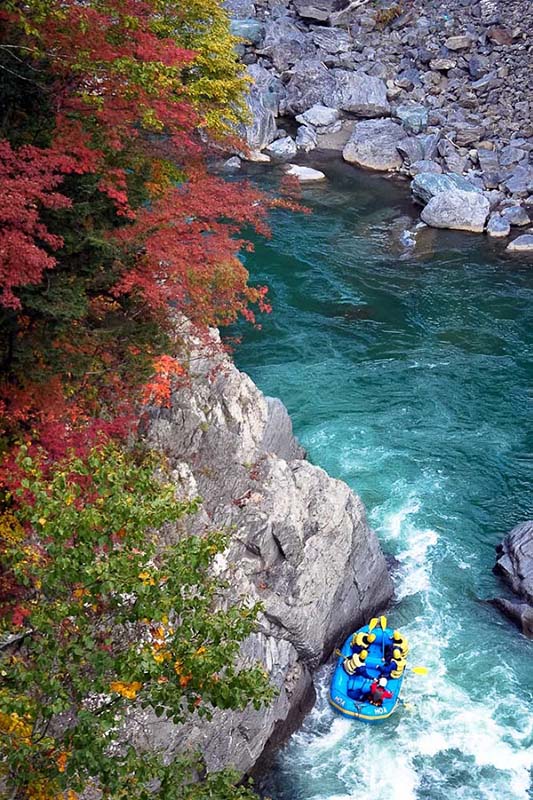
Some of the horse ranches in the area arrange horseback trekking with a variety of courses. This is an amazing way to enjoy the beautiful views of Hidaka from the seashores to the hills at the foot of the mountains. If you prefer walking by yourself, the Hidaka mountains offer a wonderful hiking environment with suitable routes for beginners to experts and people with different levels of physical condition. For example, Mt. Apoi (810 m/2,658 ft) is a relatively easy climb and for more challenge, you can try the highest mountain in the area, Mt. Porosiri (2,053m/6,736 ft), or Mt. Tottabetsu (1,959 m /6,427 ft). The numerous rivers in the Hidaka area offer also many fun ways to enjoy the local nature. How does for example rafting, canoeing, or river walking sound like? You can read more about the Hidaka area’s excellent outdoor activities in our earlier blog post The Hidaka Area: Majestic Mountains and Untamed Rivers.
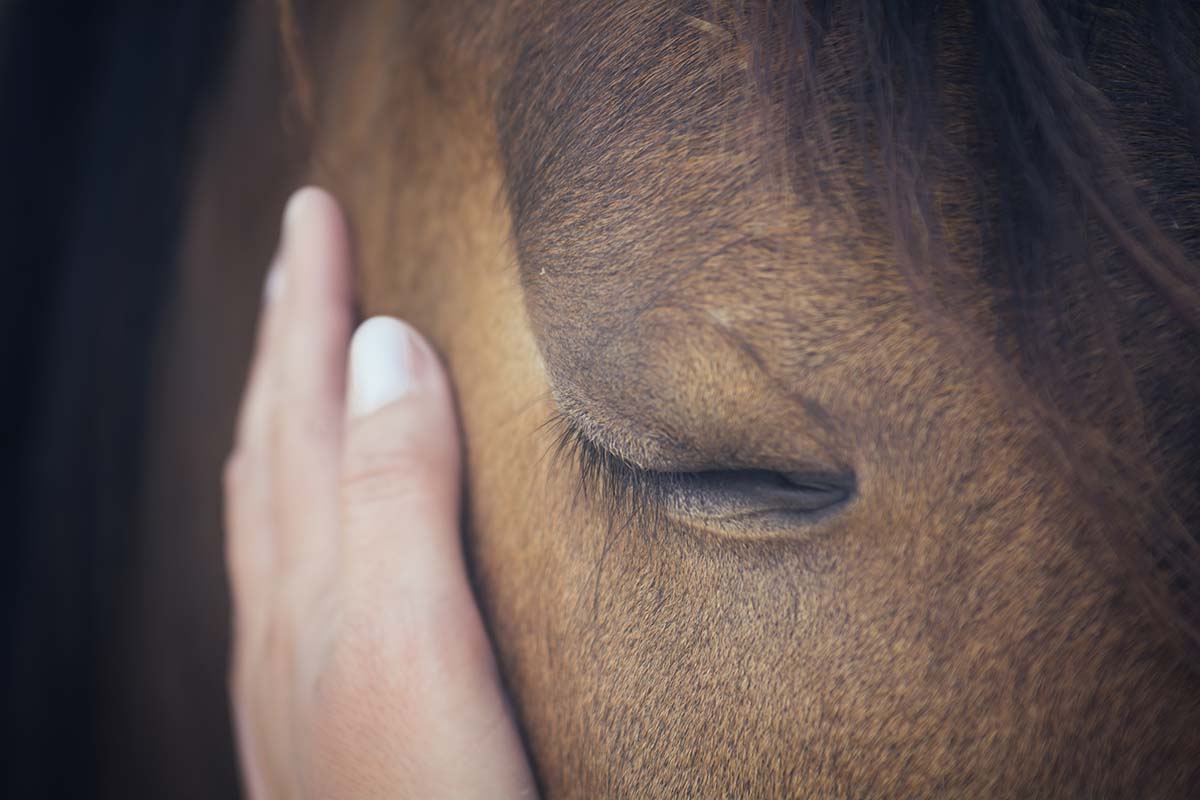
The Hidaka area is one of the hidden gems in Hokkaido not mentioned in travel guides and lists of tourist attractions. If you think you want to add a customized tour of the Hidaka area and its racehorse ranches to your travel itinerary, don’t hesitate to contact us!
